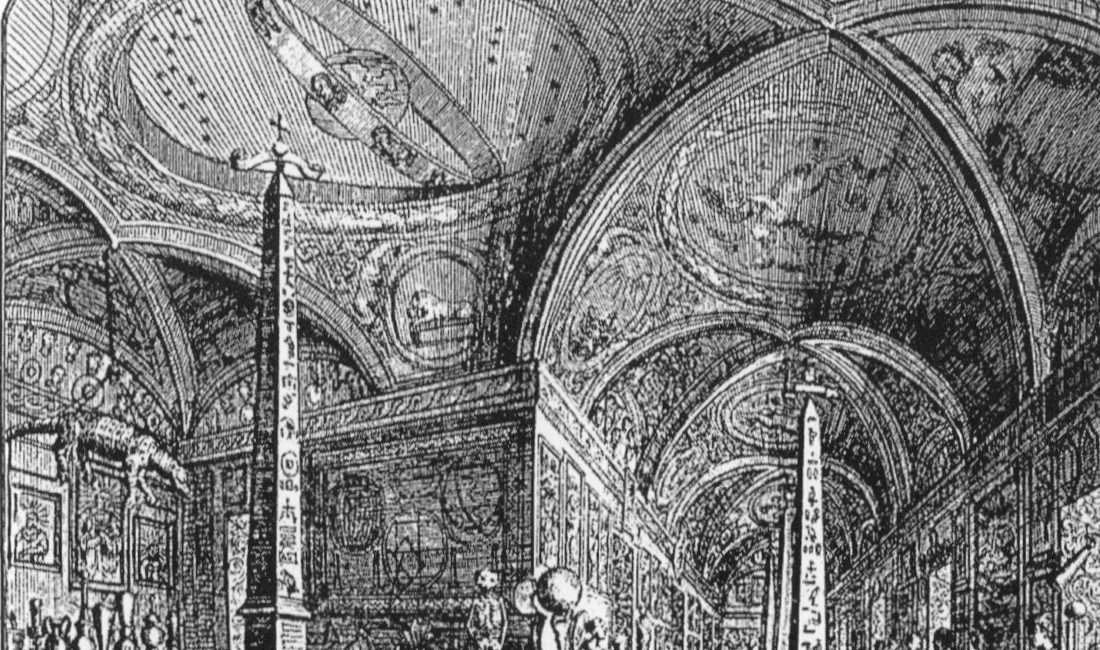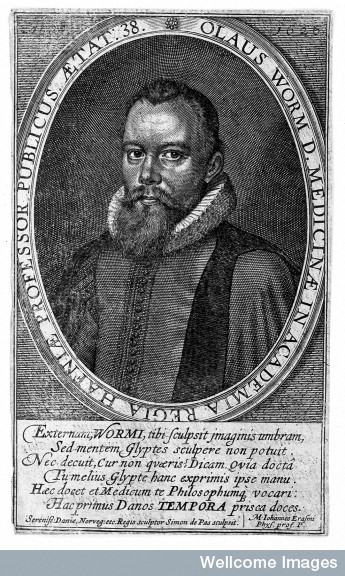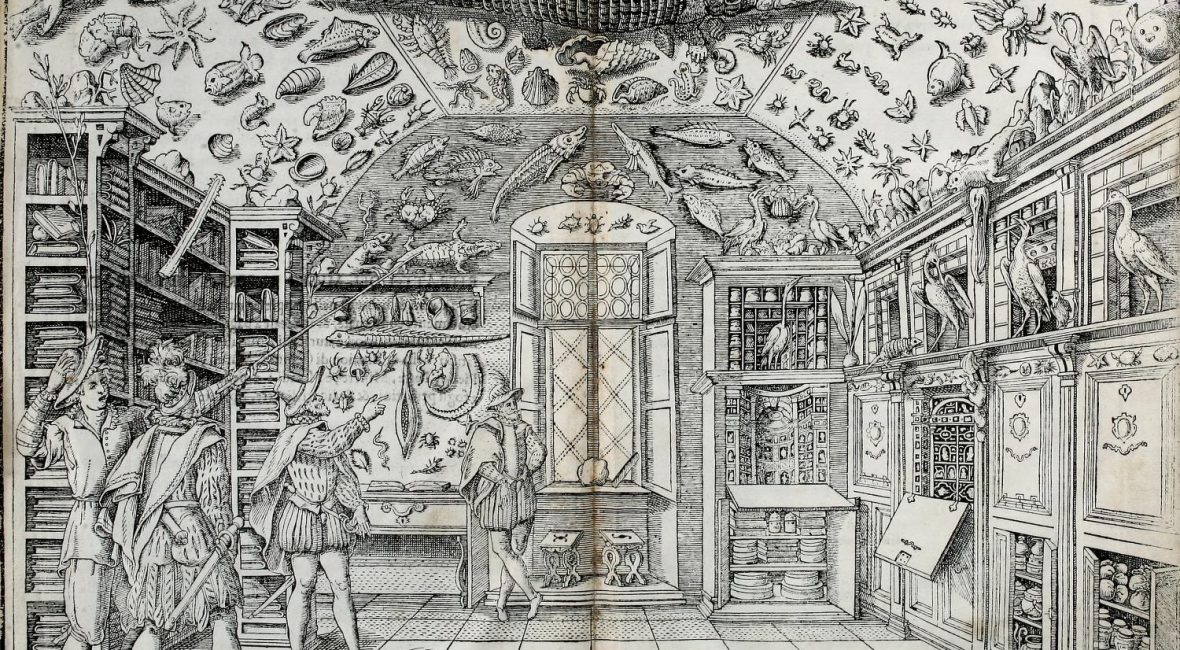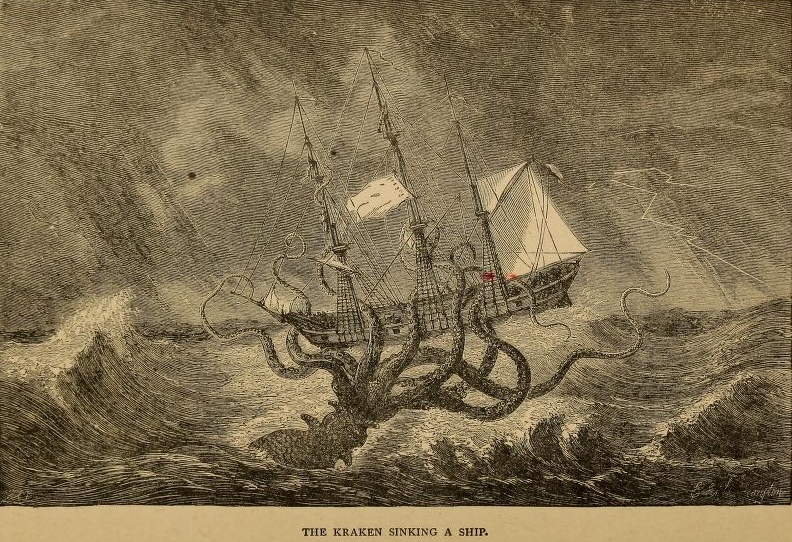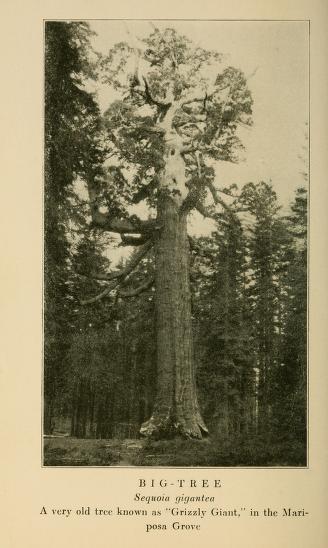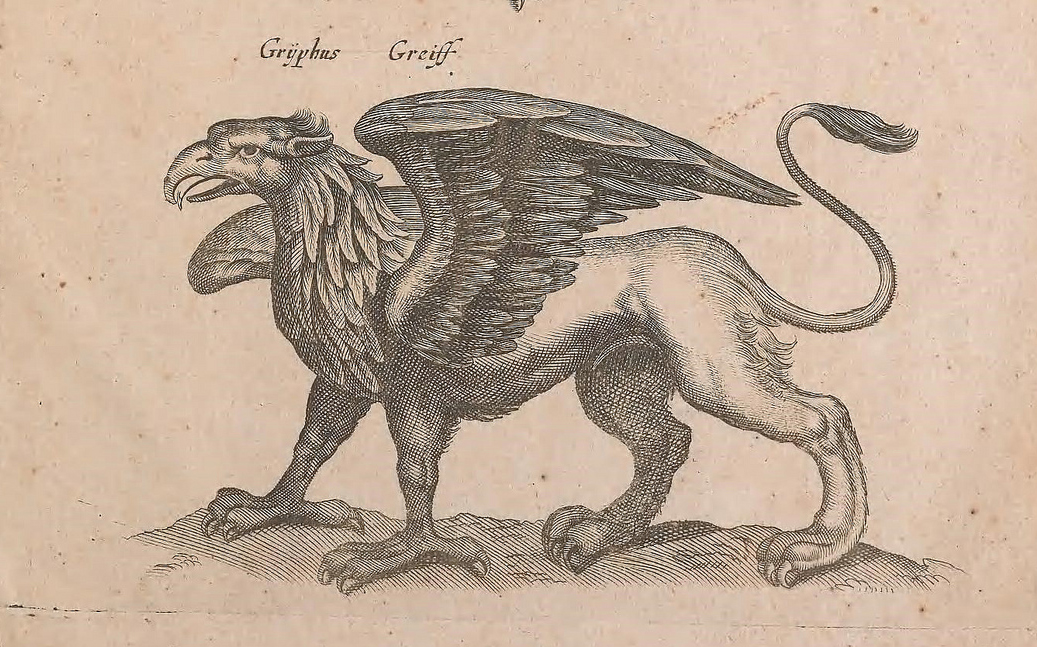Alexander von Humboldt (1769-1859) was a man who believed all of nature was interconnected, and that by affecting one aspect of nature, other parts of nature would be affected, too—for good or ill. Humboldt believed that one’s own emotions and subjective views were necessary in order to completely experience nature. Simply taking measurements or classifying animals, plants, rocks and other forms of life would never allow one to fully experience the truth of nature.
Continue reading



